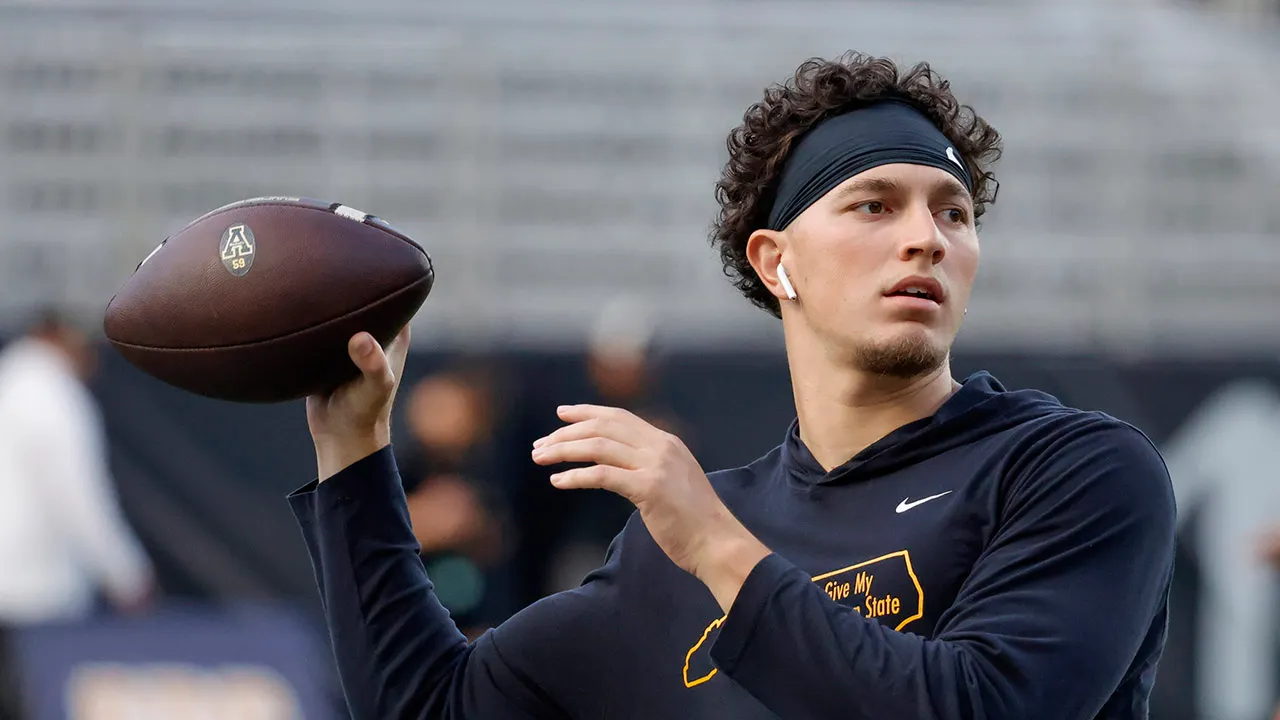Less than a month ago, the Roman Catholic faithful breathed a sigh of relief after Pope Francis was discharged after a long stay in a Rome hospital to treat a seemingly fatal case of pneumonia in both lungs. His closest aides talked about a new stage of his pontificate, even as his public appearances made it clear that Francis remained weak, struggling to breathe and to speak.
In keeping with a pontiff who made unpredictability (and a resistance to expectations) a hallmark of his dozen-year papacy, the death of Francis at 7:35 a.m. on Monday, a day after Easter, seemed both abrupt and expected.
During his 38-day hospitalization in February and March, he twice nearly died in respiratory crises. His doctor, who had urged the pope to take it easy and not waste a recovery that he told Francis was no less than a miracle, said he would only get stronger. But some in the Vatican believed that his doctors had sent him back to die at home.
Contrary to his doctors’ orders to stay essentially isolated in his Vatican residence to convalesce, Francis in recent weeks started making unexpected appearances that, in light of his death, look like farewell gestures.
On Saturday, his aides brought him into St. Peter’s Basilica in a wheelchair, where he stunned pilgrims and tourists and prayed in front of the main altar. He greeted the faithful who had gathered in St. Peter’s Square on Palm Sunday, and last Thursday, he even went to a nearby prison, where he met with about 70 inmates.
On Easter Sunday, on the eve of his death, Francis met briefly in his residence with Vice President JD Vance and appeared for a final time from the balcony at St. Peter’s Basilica.
“Dear brothers and sisters, happy Easter,” the pope said before Archbishop Diego Ravelli, a Vatican aide, delivered the “Urbi et Orbi,” a papal address to the world delivered at Easter and Christmas. It called for disarmament, for greater vigilance against antisemitism and included an appeal to protect migrants, a bell he had consistently rung since he first became pope no matter how harsh the political winds blew against them.
After the address, Francis offered a blessing and then descended for a final spin in the popemobile through the throngs gathered in St. Peter’s Square. His doctor had told him to stay away from families with small children to avoid infection. Instead, the car stopped so he could bless a newborn baby.
Jason Horowitz is the Rome bureau chief for The Times, covering Italy, the Vatican, Greece and other parts of Southern Europe.
The post On Busy Last Day, Pope Francis Met JD Vance and Gave an Easter Blessing appeared first on New York Times.




